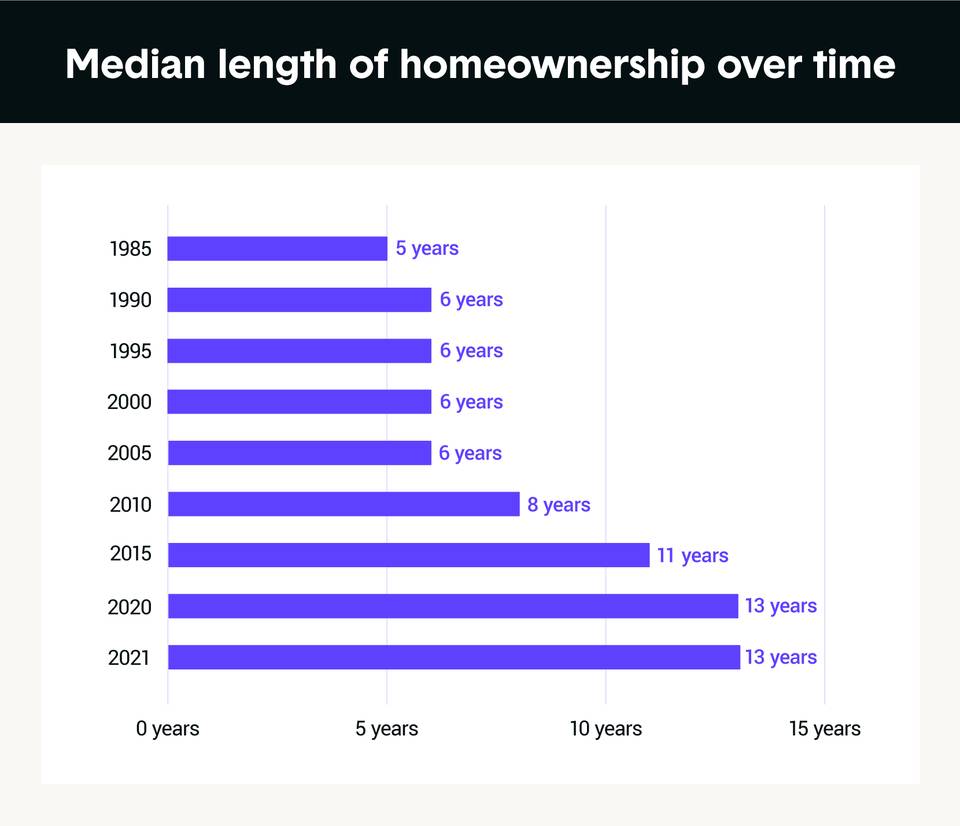How many people do you know that have lived in their homes for 40, 50 or even 60 years? Perhaps your grandparents raised your parents, aunts and uncles all in the same house. This is becoming less common, as the average length of homeownership is eight years, though this figure is slowly increasing. In fact, the average person will own at least three houses in their lifetime.
Living in one place for most of your life may or may not be your goal, but if it is, there are things you must do as a homeowner to ensure your home lasts as long as you’d like it to. Insurance companies view neglected structures as liabilities and set rates accordingly. It’s important to do your due diligence as a homeowner to ensure your home is properly cared for to avoid higher premiums.
Key findings:
- 65.6% of Americans are homeowners.
- 47% of Americans have lived in their homes for six to 10 years.
- 35% of homeowners have lived in their homes for 10 to 15 years.
- 16% have lived in their homes for less than five years.
- The average length of homeownership years is eight years.
- The median homeowner tenure is 13.2 years, a three-year increase over the last decade.
- California homeowners stay in their homes the longest.
Keep reading for a bigger picture of the average length of homeownership in the U.S. and tips for extending the lifespan of a house, or jump down to the infographic for a quick review.






